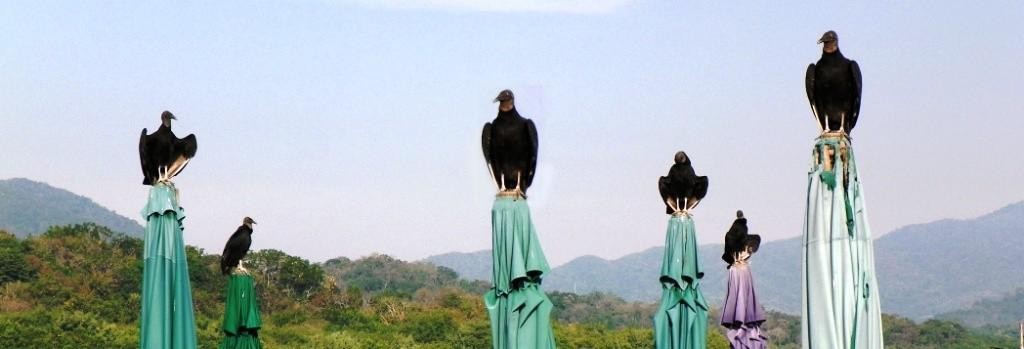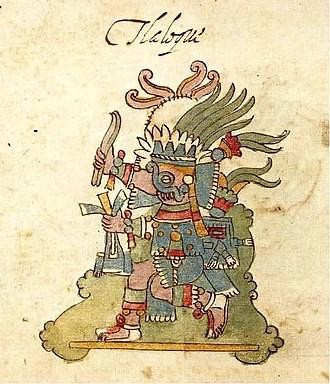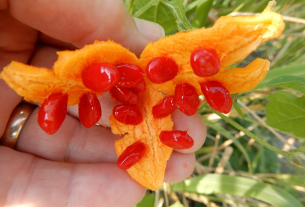By John Chalmers from the April 2018 Edition

One of the great pleasures of spending a few months of a Canadian winter in México is the bird life we enjoy here. From the tiny hummingbirds at our feeder from dawn till dusk, to the large birds in the sky, the sea and the lagoon, our feathered friends are all admired.

Song birds, seed eaters, woodpeckers and wading birds are all to be seen. Among the birds we see every day are two types of vultures, Black Vultures and Turkey Vultures. Their aerial displays of soaring upon thermal currents of air demonstrate mastery of the sky, rarely moving their broad wings. This year, for the first time, I have seen an extremely rare species of vulture.
The most often seen here of the two common types is the Black Vulture. A large bird with a 57” wingspan, it is black from the top of its head to the tip of its tail. In flight, when seen from below it is easily identified by its white wingtips. Found in the southernmost states of the USA, it can be seen throughout Mexico, except for Baja California. Its range extends south to Chile and Argentina and it is the most common vulture in the western hemisphere.
Even bigger is the Turkey Vulture, with a wingspan of 69” almost six feet. Completely black except for its red head, the Turkey Vulture is easily identified in the air by the white trailing edge under the entire length of its wings. It is found through-out the United States and Mexico. In Canada, it is seen in southern British Columbia, Alberta and Saskatchewan. Its huge range extends to the tip of South America.
Both types of vultures are raptors, with large bills and talons and both have featherless heads. They are scavengers and feed on carrion and refuse. As such, they have an important part in our ecosystem. Dead animals, dead fish and refuse are among their diets. They can eat anything!


“How’s this for a wingspan! With wings like this, it’s no wonder I can soar so well and hardly need to move them!” White wingtips underneath make it easy to identify a black vulture in flight.
In the Manzanillo area I have photographed over a hundred species of birds. My list of positively identified birds so far is 92, but a few I have yet to identify because some species are so similar. However, the rarest of all birds I have seen, and only once, is the Two-headed Four-legged Vulture.
That bird is often referred to by the Audubon Society and ornithologists as the Dual/Quad Vulture. Fortunately I had the chance to photograph it. But only once! As I have often said, sometimes in photography there is no substitute for pure luck.

“Don’t call me a buzzard!
I’m a turkey vulture!” Maybe it has a face that only a mother could love, but there is a reason why vultures have featherless heads – all the better for eating carrion, a main part of their diet.
While Black and Turkey Vultures are seen daily in the Manzanillo area, the Two-headed Four-legged Vulture is seldom seen. It is a mutant species of Black Vulture that cannot reproduce. Thus it occurs only when one is hatched as a mutant in the nest of the Black Vulture.
Unlike the Turkey Vulture or the Black Vulture, the two-headed variety with four legs is a clumsy flyer at takeoff. This is be-cause it is of two minds and the two heads do not always agree in which direction to move.
But once airborne and agreeing on a flight path, if a Dual/Quad Vulture can find a good thermal, this uncommon species is graceful in the air. Identification is then easy when seen in flight because of its two heads. To learn more about vultures, click here.
Keep your eyes open for this rare species, the Two-headed Four-legged Vulture. It is native only to the Mexican state of Colima, and can be seen on only one day of the year, April 1, or April Fool’s Day!

Download the full edition or view it online



